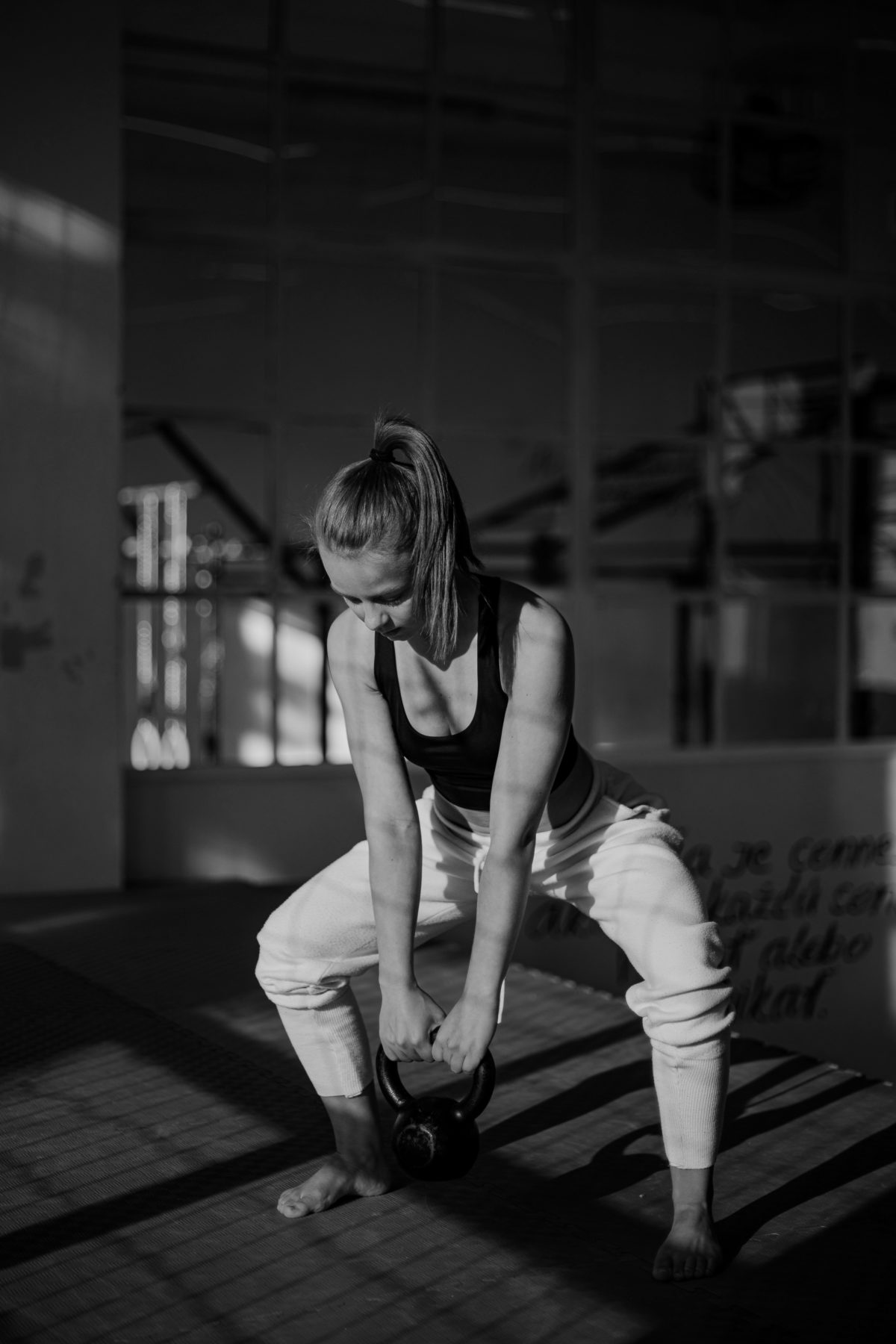I need to preface: I am not a dietitian or a doctor. Therefore none of the following is meant to cure or treat any illness, ailment or disease. In this post I’ll tell you what I know about workout supplements. When to take workout supplements, which to take, and if you need them.
Supplements
Lots of people ask a lot of questions about supplements. This isn’t a guide to what each and every supplement does or if they actually follow through on their claims. This is just a list of questions I get asked the most about supplements.
- Do I need workout supplements?
- What should my first supplement be?
- When to take workout supplements?
- Should I check with my doctor?
- Is there anything else to be aware of with supplements?
Do I need workout supplements?
It depends, and everyone is different.
Here is my mindset: I want to experience the most undiluted, unfiltered, unassisted version of myself as possible. Personally, I do very well when I can “feel”, meaning if I am tired or low on energy, I want to feel that. To me, it is about checks and balances.
If I didn’t get enough sleep, made poor food choices, and am stressed I want my workout to be my purge valve. I want a bad workout to be my wake up call and say you should really be going to sleep earlier, eating better, or need to take some time off. That’s for me, but what do I recommend for you?
If you are new to CrossFit/fitness (less than 3-4 months) I would say that you don’t NEED to focus on supplements. You should focus on building healthy habits and involving them in your schedule. This builds consistency, and that is a better investment than supplements. You should also focus on the basics. Not only the basic CrossFit movements, but things like getting enough water, proper nutrition, good rest, and mobility.
What should my first supplement be?
So after a few months in CrossFit you have been consistent and are making healthier life choices, now what?
Now might be a good time to add in a supplement, but what is the right answer? A quick Google search leads to a list of 1000s of different ones, it is overwhelming! Many people choose to start with vitamins or protein.
Vitamins
There are different schools of thoughts over daily vitamins. Some say they do nothing, and most of the nutrients are filtered out in your body, and that you pay for expensive urine. The extreme of this is your kidneys have to work more and can lead to kidney issues later in life.
Yeah, maybe that’s true, but I would say a poor diet and life choices (which most people make) are much harder on one’s organs than some multivitamins. I also think it’s better to have too many nutrients rather than not enough.
Protein
Protein is going to help your muscles, which I know are sore, tired, and probably starting to feel exhausted during hard WODs.
You are getting better, stronger, and faster. Your muscles are now struggling to keep up compared to when you first started. So, you need extra protein to help repair your muscles and help you get stronger. Of course you can get more protein by eating more, but that takes more time and also increases your overall caloric intake.
So, a protein shake is a perfect solution. This will keep calories lower, but give you a high concentration of protein in fluid form, therefore you can intake it faster than eating, it also makes it easier for your body to digest.
When to take workout supplements?
Another one of those ‘it depends’ answers. For protein, there are many factors to consider, type of protein, amount, if you worked out or not. Basically there can be lots of answers, but we want simple, so let’s keep it simple.
For protein, I would suggest right after your workout. Your muscles are hungry, they are looking for help. Don’t leave them hanging, give them some protein and make them happy muscles!
For the multivitamin (and personally all my other supplements), I take mine before bed. Here is why; when I go to bed it is my body’s time to rest, slow down and recover. So by taking my supplements then, I believe my body is able to use and absorb the supplements and nutrients without being distracted by anything else. It sounds silly, and I don’t know if there is any actual science to it. But that’s what I do!
Should I check with my doctor?
Yes, of course. It is smart to always check with a doctor before adding supplements or vitamins. With that being said, do I check with my doctor? What doctor?
BUT… I also have read, and researched lots and lots of information over years and years. So I have complete (over)confidence in my decisions.
Is there anything else to be aware of with supplements?
The biggest thing to be aware of is the supplement and vitamin industry is not regulated. Meaning anything can be put in them. Now this is talked about in the mainstream media every once in a while because we LOVE regulation. We want everyone to be held accountable.
However, is there any real need to be concerned that something bad might be in your vitamin or supplement? Highly doubtful. More than likely it will be something like this: you pay good money believing you are getting high quality supplements or vitamins and it’s low quality stuff, or highly diluted with binders and/or rice flour. Do your research before buying.
But good reputable brands that have been around for a while are that way for a reason. They carry good quality products that are not diluted and they actually work. Stick to reputable brands and supplements can be an awesome part of your fitness lifestyle.





